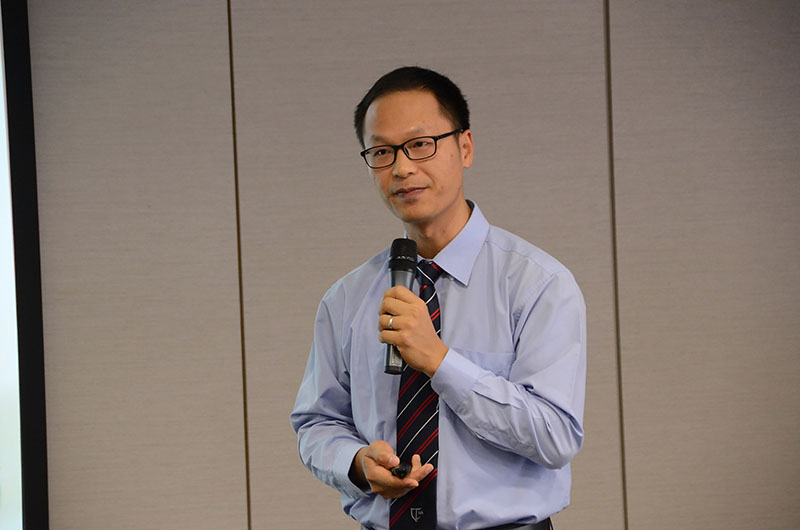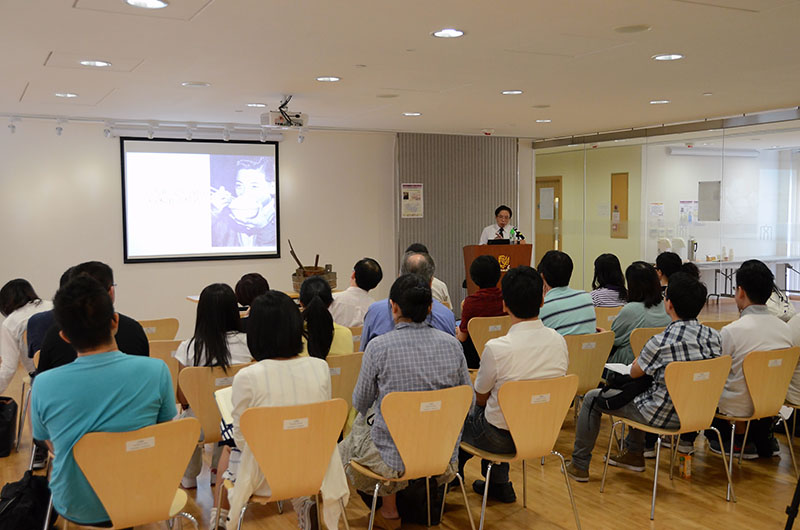Why Gold in China? - The Significance of Materials in Artistic-Cultural Studies

Speaker: Prof. Jenny SF So (Department of Fine Arts)
| Date: | 13 December 2013 (Fri) |
| Time: | 4:00pm |
| Venue: | Activities Room, 2/F, Art Museum East Wing, Institute of Chinese Studies, CUHK |
| Language: | English |
| Abstract: | Since ca. 5000 BCE, Chinese have produced objects using a variety of materials. Some were more highly regarded than others and occupied special status within the society that made and used them. These materials were all drawn from nature. The earliest was earthenware—made from soft and malleable earth mixed with water, then shaped by hand or with a potters’ wheel. The material was plentiful and readily available. The second is an exact opposite of the first. It is a hard rock most of us know as jade, a rock that is harder than steel (6 to 6.5 on Moh's scale; diamond is 10), and unlike earth, was not always easily available. By ca. 1500 BCE, the metal bronze (an alloy of copper, tin, and lead) emerged as a material of choice for the political and social elite, and bronze objects were synonymous with power, authority and prestige. It was under these circumstances that gold appeared on China’s horizon, brought to its remote frontiers by pastoral tribes from the western edge of the Eurasian continent. Using the exhibition “Radiant Legacy: Ancient Chinese Gold from the Mengdiexuan Collection” on view in the Art Museum as entrée, the speaker planned to compare the role of these three materials in early Chinese society, and explore the significance of materials in the formation of an artistic-cultural identity over time. |
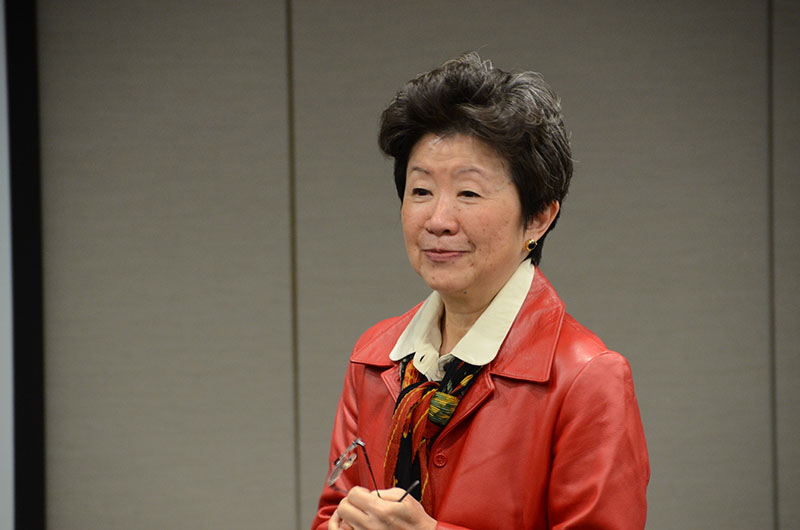
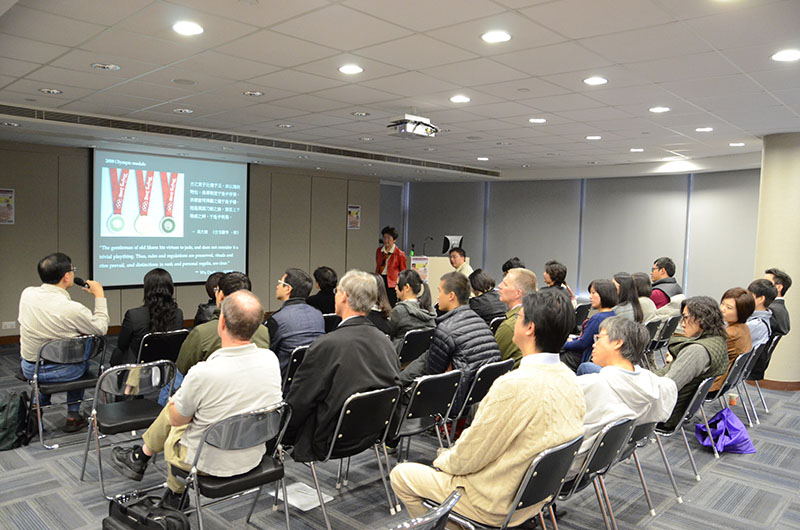
Tone merging in Hong Kong Cantonese

Speaker: Prof. Mok Pik Ki, Peggy (Department of Linguistics & Modern Languages)
| Date: | 6 December 2013 (Fri) |
| Time: | 4:00pm |
| Venue: | Arts and Humanities Hub, G24, Fung King Hey Building, CUHK |
| Language: | English |
| Abstract: | Language is a dynamic system which evolves over time. The Cantonese sound system has been undergoing many changes in recent years, but most previous studies have been on consonantal changes. Cantonese has six lexical tones, but some tone pairs appear to be merging. Only very few studies have investigated this phenomenon with limited data. The current study investigated both the production and perception of this phenomenon by screening a large number of speakers. Results show that the merging speakers still had six tone categories in production, although their tones were less distinct. The merging speakers were also significantly slower in tone perception than the non-merging speakers were, which indicates that their non-canonical tone production is not due to ‘laziness’ as perceived by the public. In addition to linguistic factors, the dynamic demographic composition and language contact in Hong Kong over the past 60 years may be one of the reasons triggering the merging of tones. |
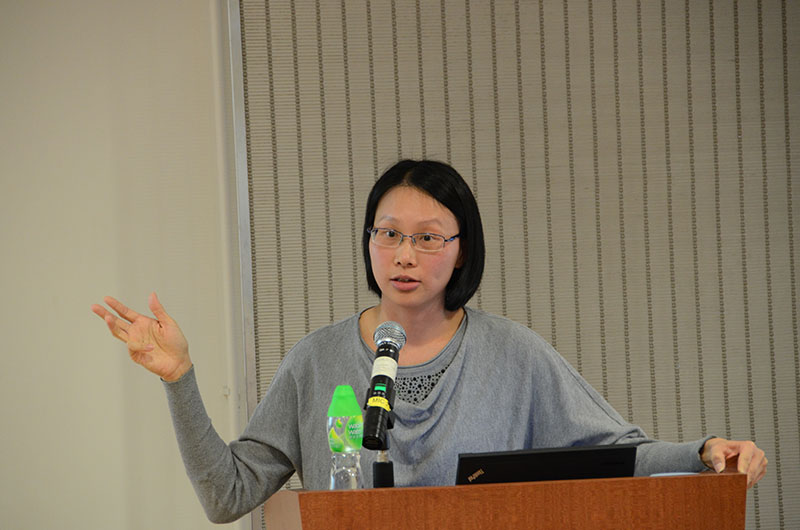
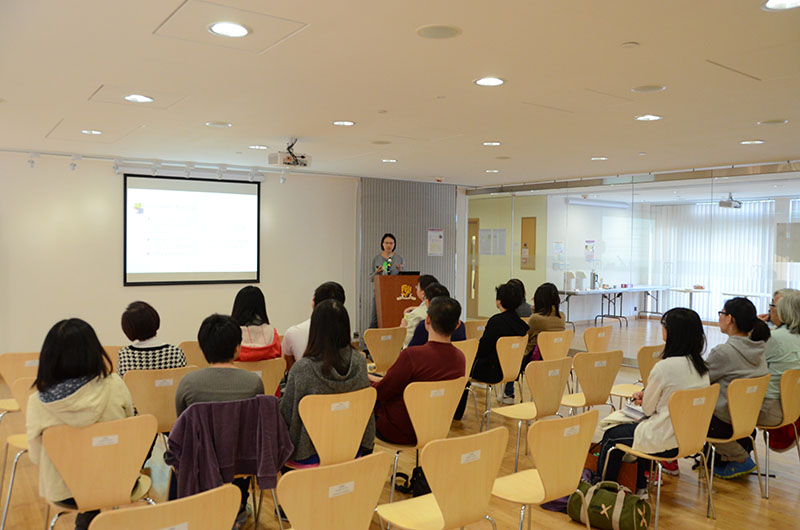
For the powerpoint presentation of the talk, please click here
"Macromusophagy" and "Silent Blooms": An Interdisciplinary Approach to Music Composition

Speaker: Prof. Lee Wan Ki, Wendy (Department of Music)
| Date: | 29 Novebmer 2013 (Fri) |
| Time: | 4:00pm |
| Venue: | Arts and Humanities Hub, G24, Fung King Hey Building, CUHKK |
| Language: | English |
| Abstract: | The birth of a new composition culminates an extended period of constant self-struggle and decision-making in the creative process. Not only does one need to have the ability to organize musical ideas convincingly, very often one must also have considerable knowledge on other fields of study. Over the centuries, music has survived as a subject that relies heavily upon its interactions with other disciplines. Whether it is cultural studies, language, literature, mathematics, or religion, for example, it is almost impossible to conduct musical research without also investigating its impact on composers, and on the latter’s creative output. From the Gregorian chants of the eighth and ninth centuries, to the multimedia productions of the 21st century, composers are more aware now than ever of the value of interdisciplinary. Through a presentation on the speaker’s compositional processes of “Macromusophagy” and “Silent Blooms,” the talk discussed how artists and scientists can unite to create something that will not only inspire the work of each other, but will enhance the pedagogical approaches of the respective fields as well. The speaker’s goal is not to offer a one-size-fits-all strategy; rather, the speaker hoped to provide insights that will serve as a springboard of ideas for academic endeavors. |

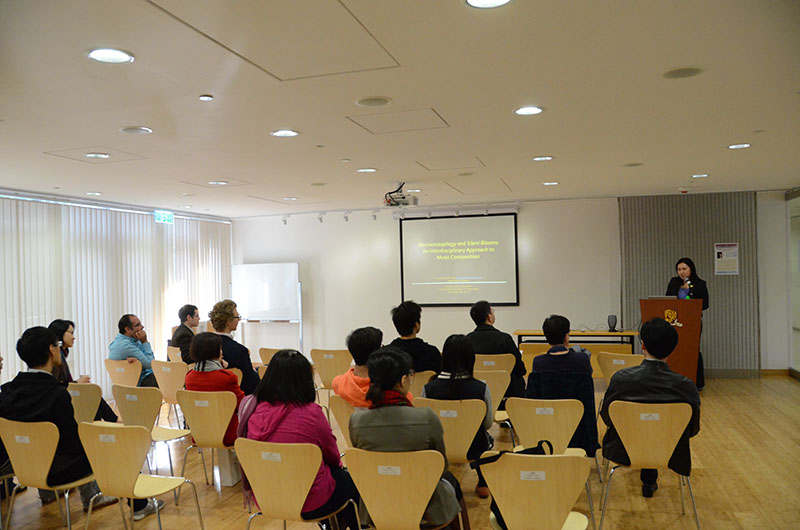
For the powerpoint presentation of the talk, please click here
Beyond “Leftovers” and “Loser Dogs”: Life Strategies of Single Women in Shanghai, Hong Kong, and Tokyo
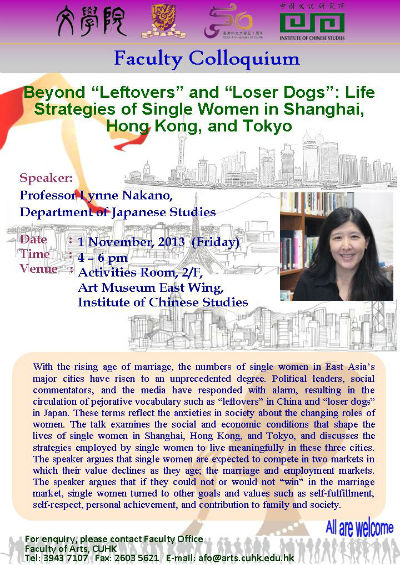
Speaker: Prof. Lynne Nakano (Department of Japanese Studies)
| Date: | 1 November 2013 (Fri) |
| Time: | 4:00pm |
| Venue: | Activities Room, 2/F, Art Museum East Wing, Institute of Chinese Studies, CUHK |
| Language: | English |
| Abstract: | With the rising age of marriage, the numbers of single women in East Asia’s major cities have risen to an unprecedented degree. Political leaders, social commentators, and the media have responded with alarm, resulting in the circulation of pejorative vocabulary such as “leftovers” in China and “loser dogs” in Japan. These terms reflect the anxieties in society about the changing roles of women. The talk examines the social and economic conditions that shape the lives of single women in Shanghai, Hong Kong, and Tokyo, and discusses the strategies employed by single women to live meaningfully in these three cities. The speaker argued that single women are expected to compete in two markets in which their value declines as they age; the marriage and employment markets. The speaker argued that if they could not or would not “win” in the marriage market, single women turned to other goals and values such as self-fulfillment, self-respect, personal achievement, and contribution to family and society. |

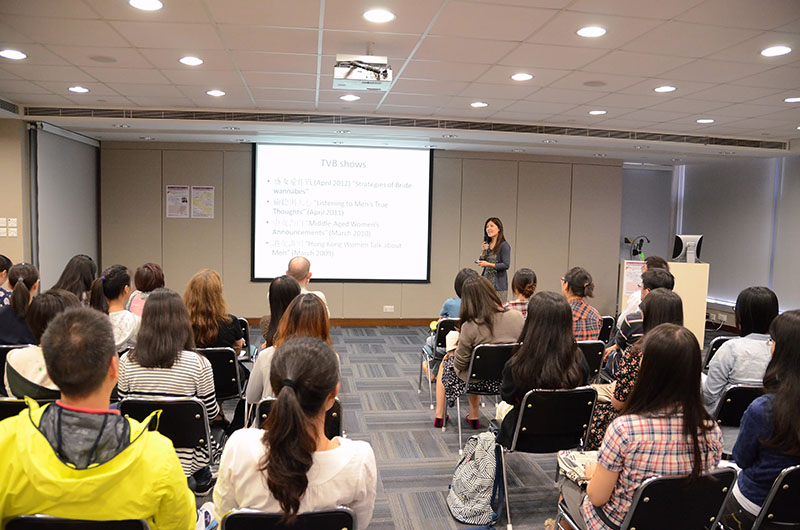
聖經演義:清末時新小說《驅魔傳》(1895)的鬼魔世界

Speaker: Prof. Lai Tsz Pang (Divinity School of Chung Chi College)
| Date: | 18 October 2013 (Fri) |
| Time: | 4:00pm |
| Venue: | Activities Room, 2/F, Art Museum East Wing, Institute of Chinese Studies, CUHK |
| Language: | English |
| Abstract: | Qu mo zhuan (Story of Demon Banishing, 1895), written by a Chinese Christian Guo Zifu, was one of the 162 pieces of novels submitted for the 1895 fiction contest of “New Age Novels”, organized by John Fryer (1839-1928) in Shanghai with a view to tackling the social problems of opium-smoking, foot-binding and literary examination system. A multifarious and multi-religious celestial world is created in Qu mo zhuan, an ingenious adaptation of the biblical account of the eternal battle between the creator God and the fallen angel-turned-Devil who headed a huge battalion of demons with vivid Chinese characteristics, for instance, Dayan Gui (Demon of Opium) and Chanzu Gui (Demon of Foot-binding). This hybrid text provides an indigenized example of transforming the biblical narratives, particularly the displacement of demonic world, in the Chinese cultural and social contexts. arithmetic, subtracting the estimated total amount of local rice from the estimated total amount of rice consumption. In speaker’s opinion, this theory is built on the following two fallacious presuppositions: (i) there was only a single variety of rice, and (ii) rice was subsistence crop. The talk shall investigate the reasons why the population in central and southern China "chose" rice as their staple food, and by way of this investigation, the talk shows the real nature of the emergence of the long-distance rice market in the eighteenth century. |
